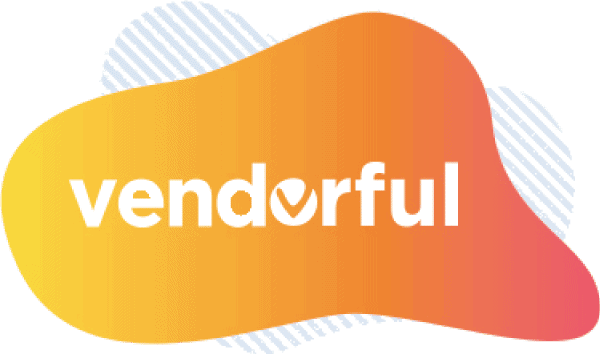If there’s been one major supply chain lesson from the past several years, it’s that you can’t prevent supply chain disruptions. No amount of planning will prevent a global pandemic or a major war. What you can do is build an agile supply chain.
Sounds great. But what is an agile supply chain? At its simplest, an agile supply chain is capable of responding quickly to unexpected events to minimize the negative downstream business impact.

(Source: Gartner Future of Supply Chain Survey)
How does a supply chain respond quickly to unexpected events? First and foremost: by minimizing the time to action for each individual component the overall response.
How do you minimize the time to action? By making quick decisions.
How do you make quick decisions? By having visible, actionable data supporting those decisions.
You can’t prevent global supply disruptions but you can be agile
Let’s take it a step further. All of your competitors are mostly sourcing the same materials as you. All of your competitors are subject to the same world events as you. You can’t prevent macro-level supply chain events.
Given that, how will you turn supply chain agility into a competitive advantage?
The only way to gain a competitive advantage is to be able to respond to supply chain disruptions more quickly, or even better respond before your competitors even know it’s going to happen. The only way to do that is by making better use of data than your competitors.
Fortunately, this is actually achievable!
Data is your biggest untapped source for competitive advantage
All of your procurement data, all of your supplier data – spend, performance, risk data, geographic data, categories, sourcing events, quotes, even your contract terms – this is your company’s single biggest untapped source of competitive advantage.
Right now you’re probably thinking about the 5 different systems you have to log into to get a picture of an individual supplier relationship, or the 8,000 duplicate records you know you have, or your disorganized contract repository. And you’re thinking “yeah, sure, this might work if I had clean data…”.
First of all, your competitors are in the exact same data situation. Believe me. Everyone thinks their data is the messiest, their software the most out of date, their systems the most fragmented, their organization the most siloed. But every large organization wrestles with these issues. No one is immune.

(Source: DeLoitte CPO Survey)
Second, computers have gotten really good at cleaning up and aggregating data. If you pick the right partners to help you then you don’t need to worry about this.
Third and most importantly, the sooner you start leveraging all of this data for insights and gaining visibility into your supply base, the sooner you can start turning your data from a liability to an asset. Even better, the data becomes largely self-cleaning when you start aggregating, centralizing and utilizing it. That supplier in Germany who is sourcing materials from Slovakia and therefore is likely affected by conflict in Ukraine? The duplicate or triplicate records will rise to the surface to be archived when you start drilling down on the actual business problem.
Stop reacting to events, start acting before events
So what’s the bottom line?
The key to supply chain agility is data. The key to a competitive advantage is using that data better than your competitors. And the sooner you start, the better.
If you want to learn more about how data can help you gain supply chain agility and turn it into a competitive advantage, get in touch.
